Mikeybikey
New Member
what hexagon thing?
The ones around where the intakes are. Look closely, the hexagon mesh looking thingies.
Last edited:
what hexagon thing?
The ones around where the intakes are. Look closely, the hexagon mesh looking thingies.


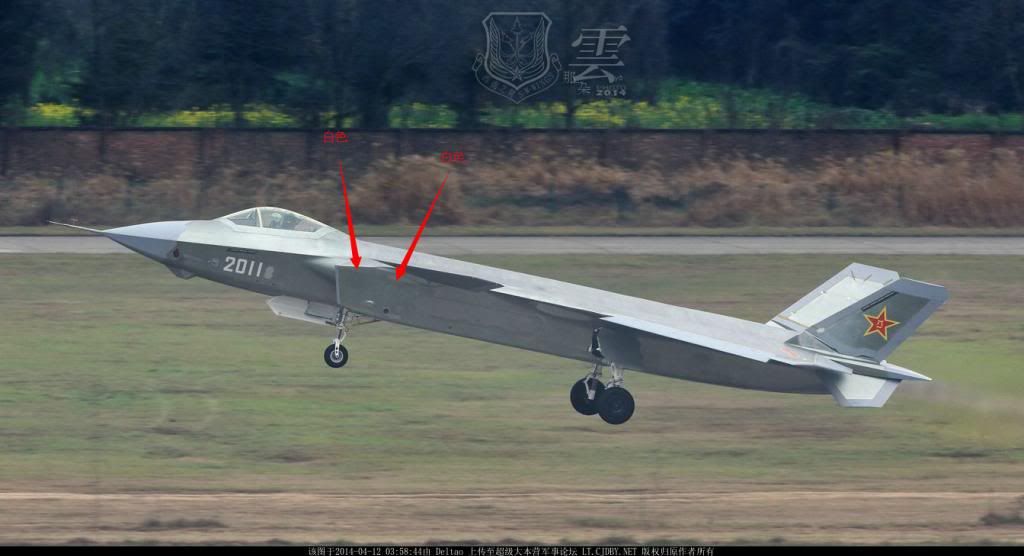

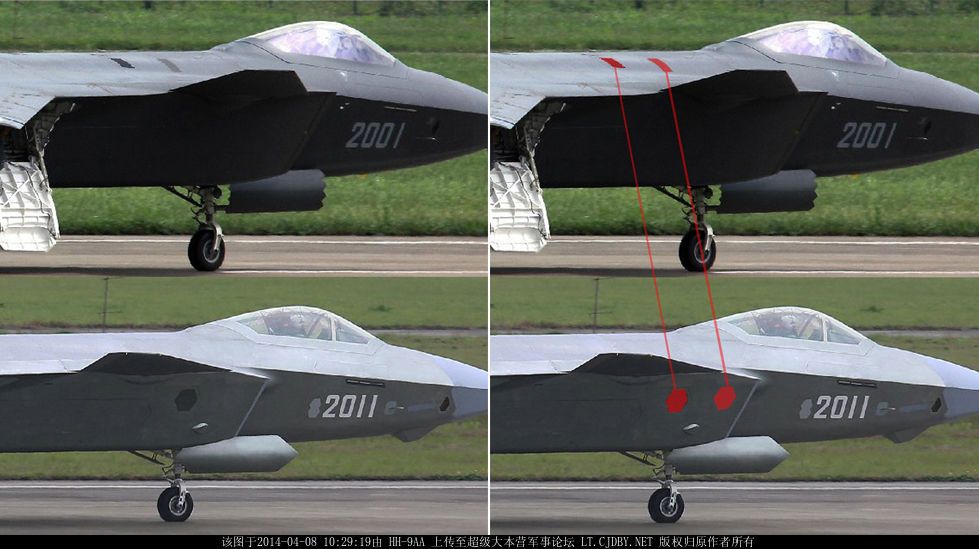

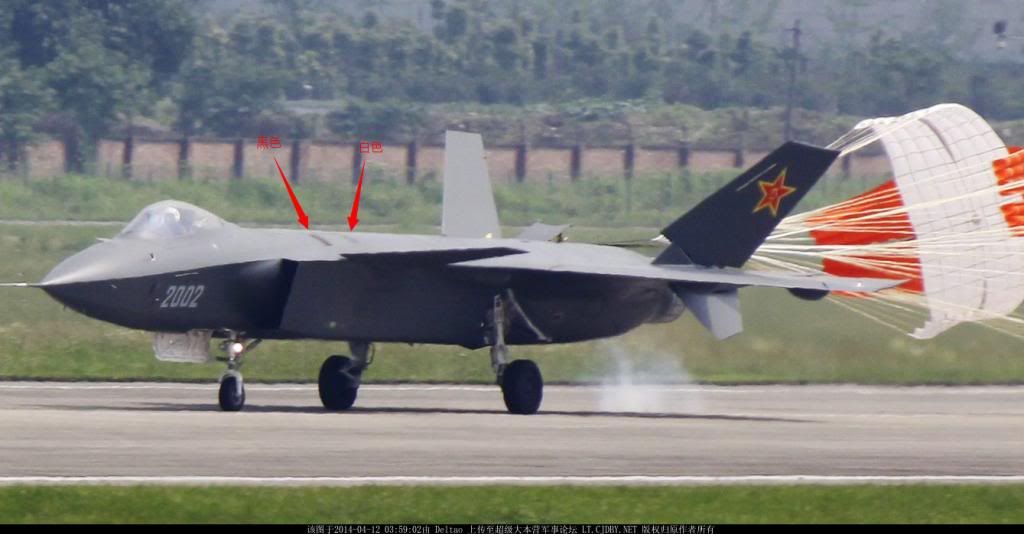

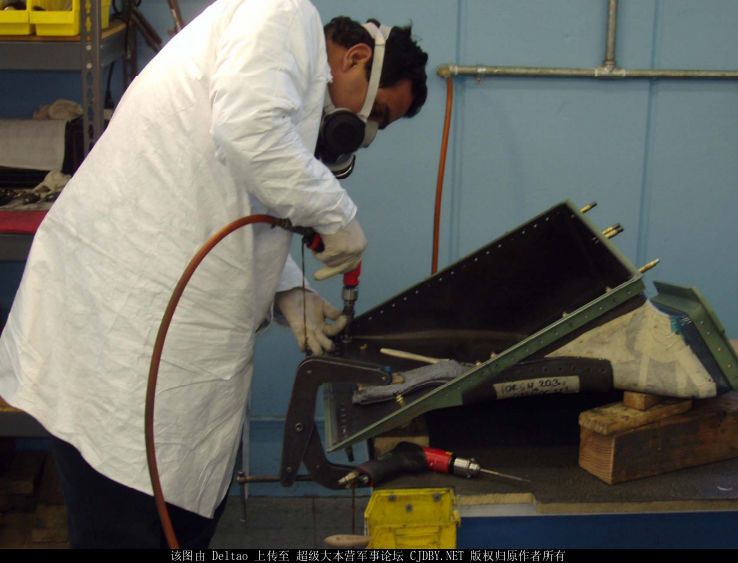
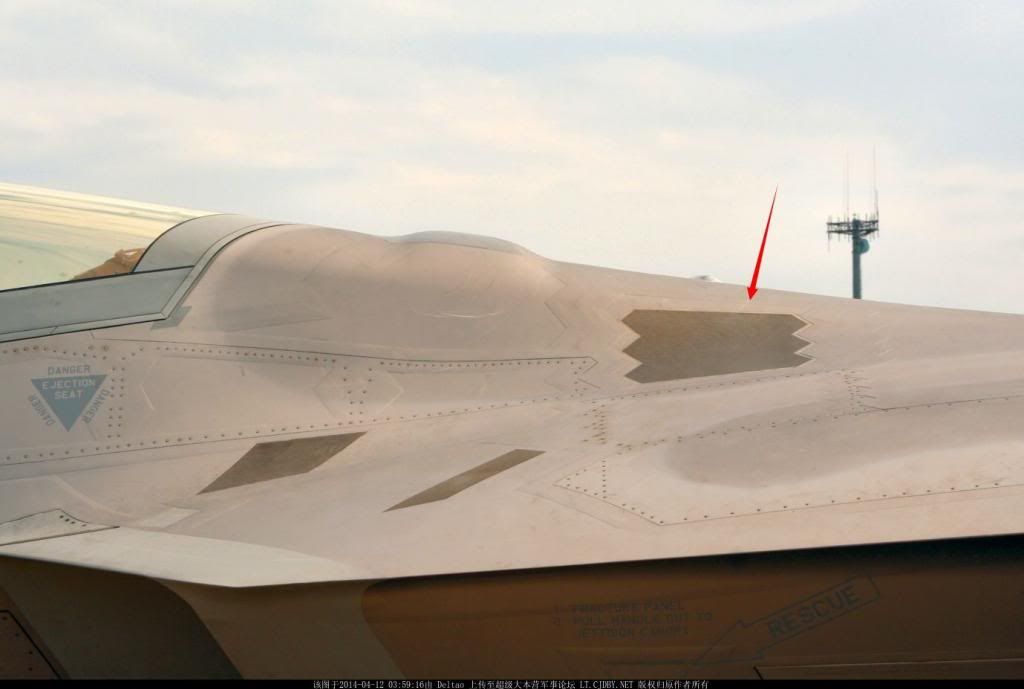

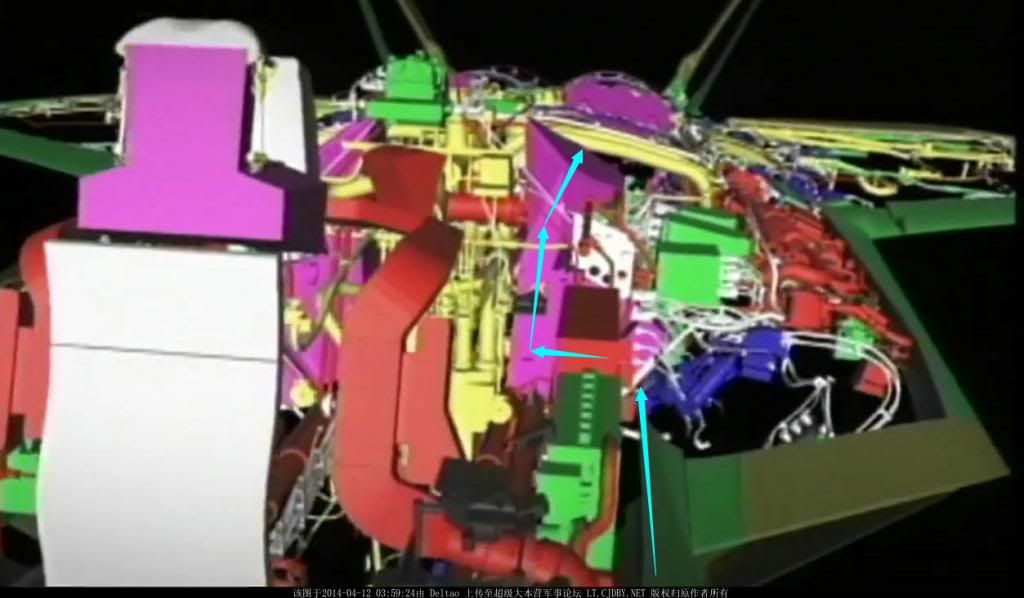






The j-20 does not have a intake ramp or boundary divider, so the two intakes were placed out in the open. Examples of intake position on other planes:




The plane with the ACFC arrangement closest to the J-20 is actually the F-35, probably because it also uses DSI inlet and does not have a ramp to hide the intake:


Time for a photo fix:
1600x1027

1600x1089

1200x775

Please pay attention to the nozzles. The left nozzle is convergent just before touch down. And it becomes divergent at touch down.
Someone said that J-20's flight control system intends to do this. By adjusting thrust to control flight. However, IMHO, it may be a bug of FCS.
Is this not the F-35's gun opening?The plane with the ACFC arrangement closest to the J-20 is actually the F-35, probably because it also uses DSI inlet and does not have a ramp to hide the intake:

Is this not the F-35's gun opening?
